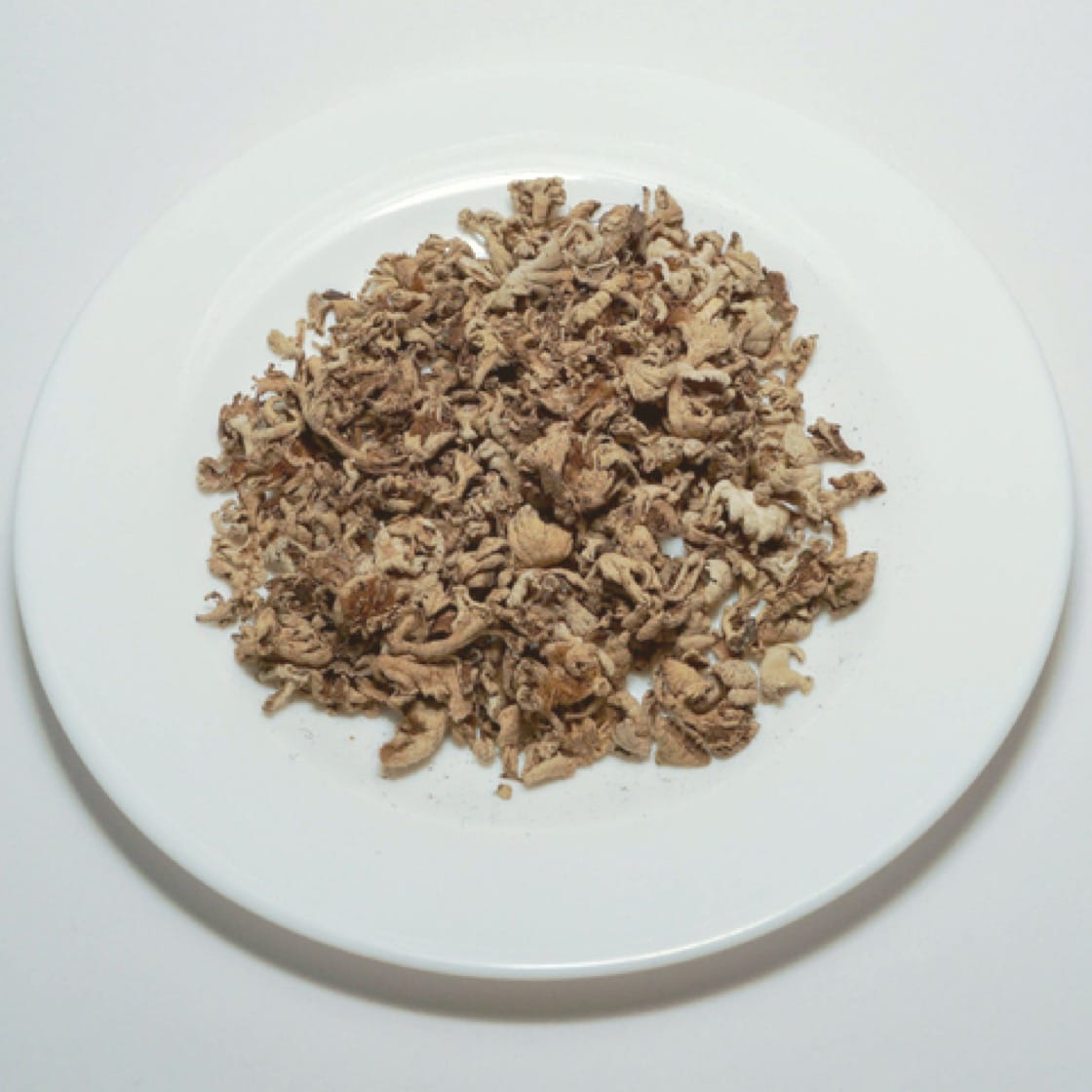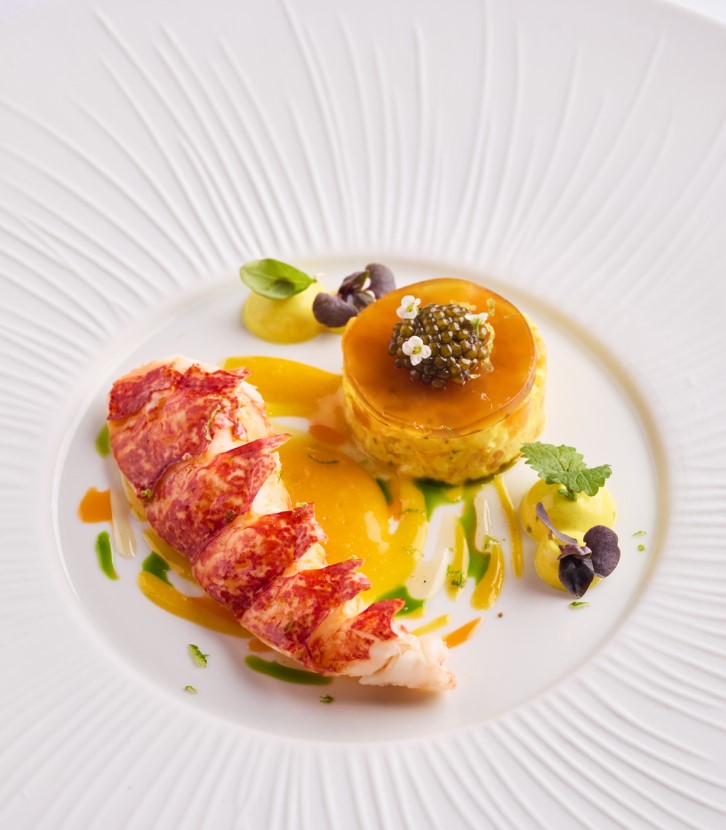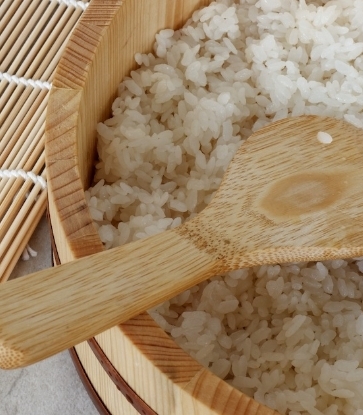
Chef Darren Teoh is not a complete stranger to Singapore though, he formerly worked with the Les Amis group here and recently came by in January as a guest chef at Ivan Brehm's Nouri.
At Dewakan, the chef constructs a modern Malaysian dining experience, using indigenous ingredients as his building blocks. These dishes are a deep dive into the nuances of Malaysian cuisine and cultures, the chef taking great care to understand the ingredients and the communities that he sources them from.
Here, the chef introduces us to five unique ingredients indigenous to Malaysia and what they look and taste like in his inventive modern cuisine.


"The kulim is a kind of forest garlic and is probably the most potent flavoured and scented item we have in the kitchen of late. My first experience with this was with the natives in Johor; a stew of chicken was cooked in bamboo over a slow fire with tapioca and other herbs. The fruit of the Kulim was not in season, so the matriarch used the leaves and the twigs. Passing the tree in the jungle gives the unmistakable scent of garlic. At Dewakan, we dry the fruit and turn it into a powder to use as a seasoning."

"The cendawan kukur has an intense flavour when dried. So we use this together with the dried Kulim as a seasoning. The mushroom has a tough woody texture, even when cooked and is usually used in traditional cooking braised."


"It's commonly used as an ulam, eaten raw with a fresh sambal belacan. It is also often used in traditional medicinal preparations. We choose to transform this herb into an oil. We use it occasionally as a herb oil for specials, but we used to have it on our first menu on a a pre-dessert of yoghurt, roselle and the selom oil."


"A lesser known rhizome, often overshadowed by ginger or turmeric, the temu pauh has a fragrant green mango scent and is perfect for steeping to extract its flavour for broths. We use this on our current menu to flavour a fish broth for our snapper dish."

"We use mostly all of this plant except the rhizome. I am not a big fan of the taste of turmeric roots. But I am absolutely in love with the beautiful flavour and fragrance of the leaves and its flower (which is quite rare). Leaves are also used in our snapper dish as part of the fish broth infusion."






















